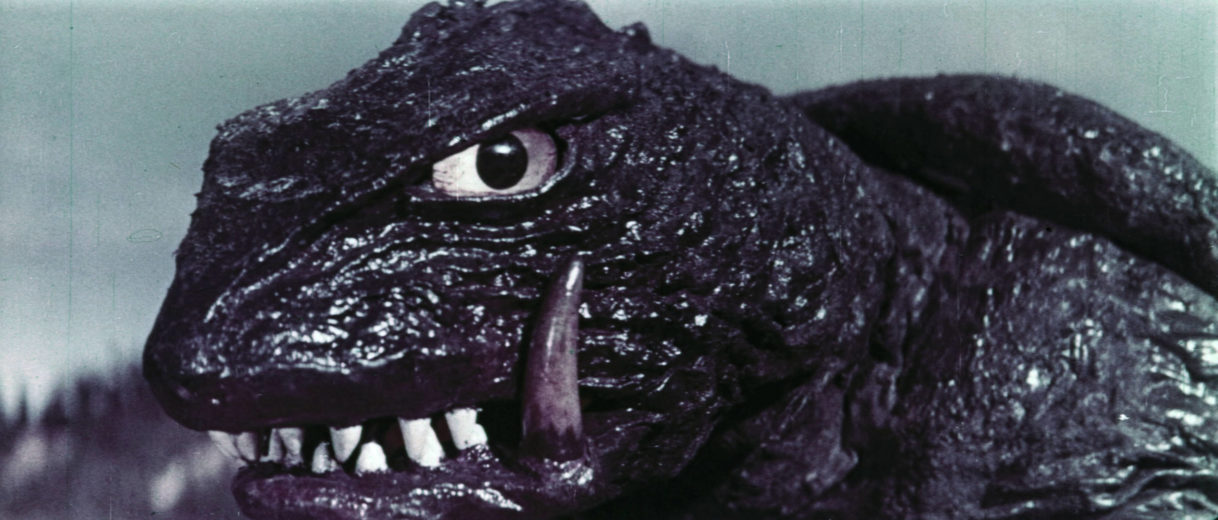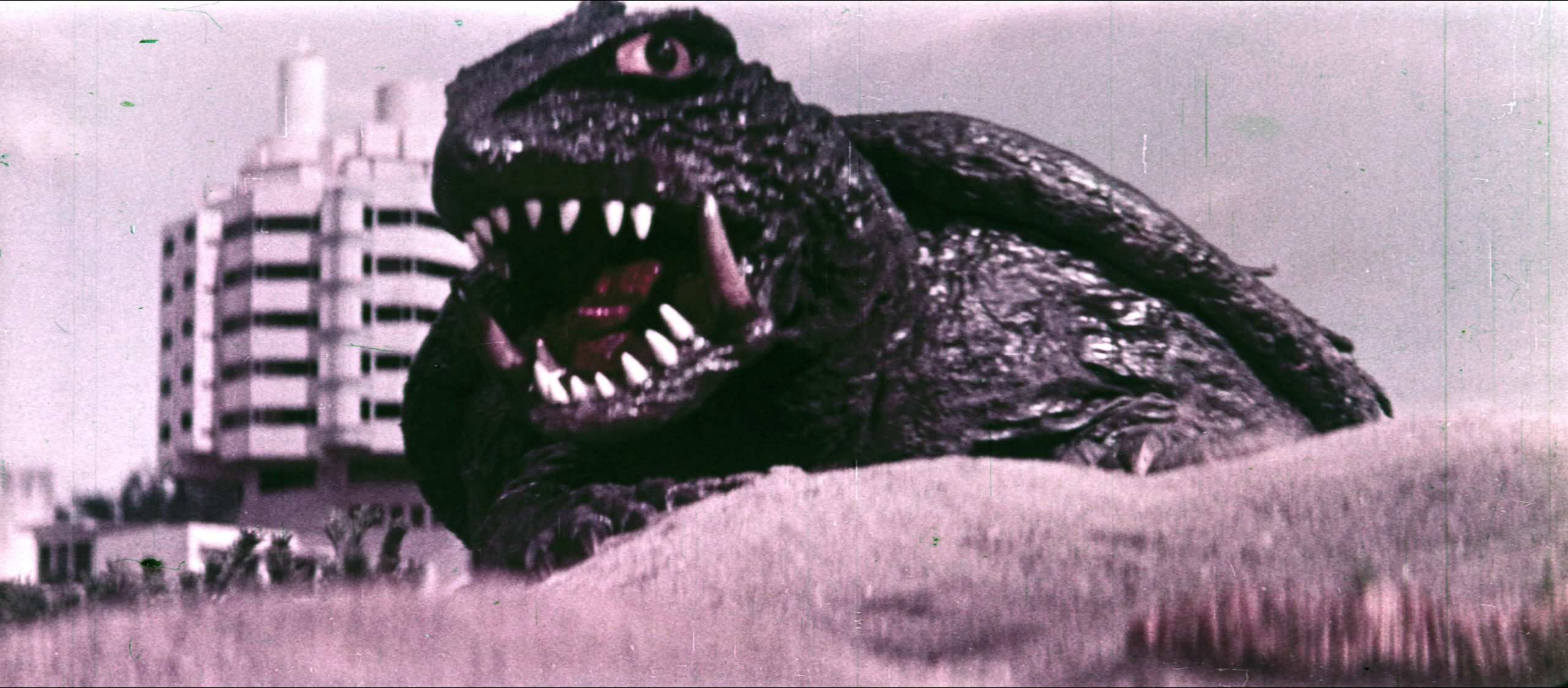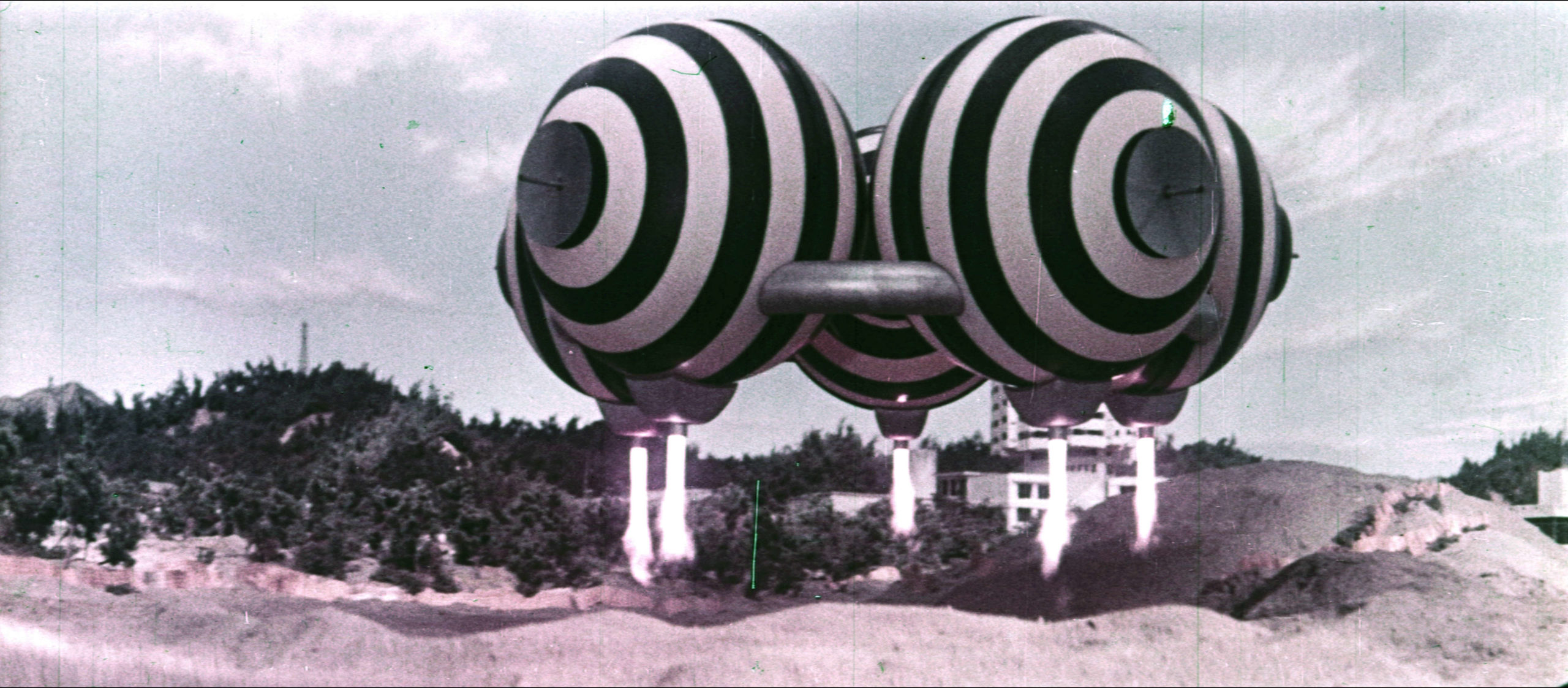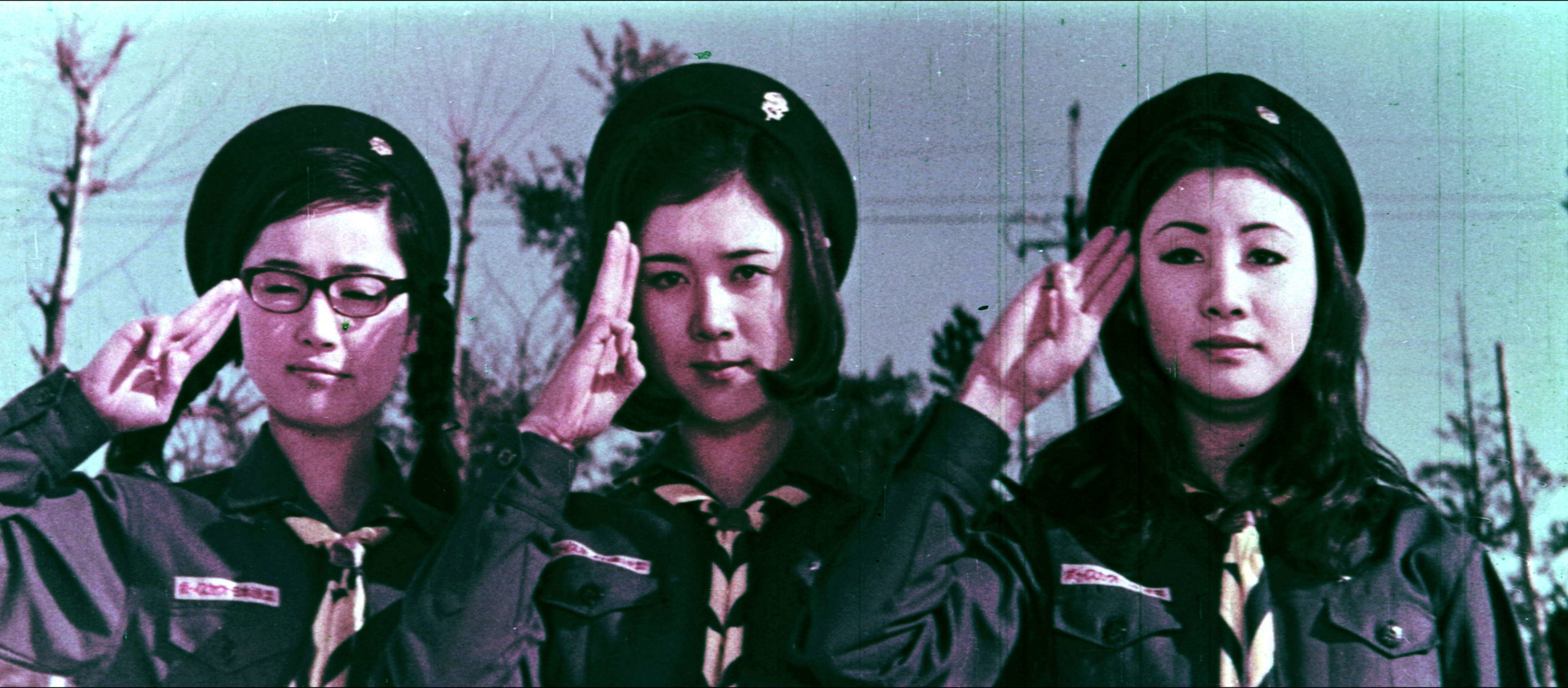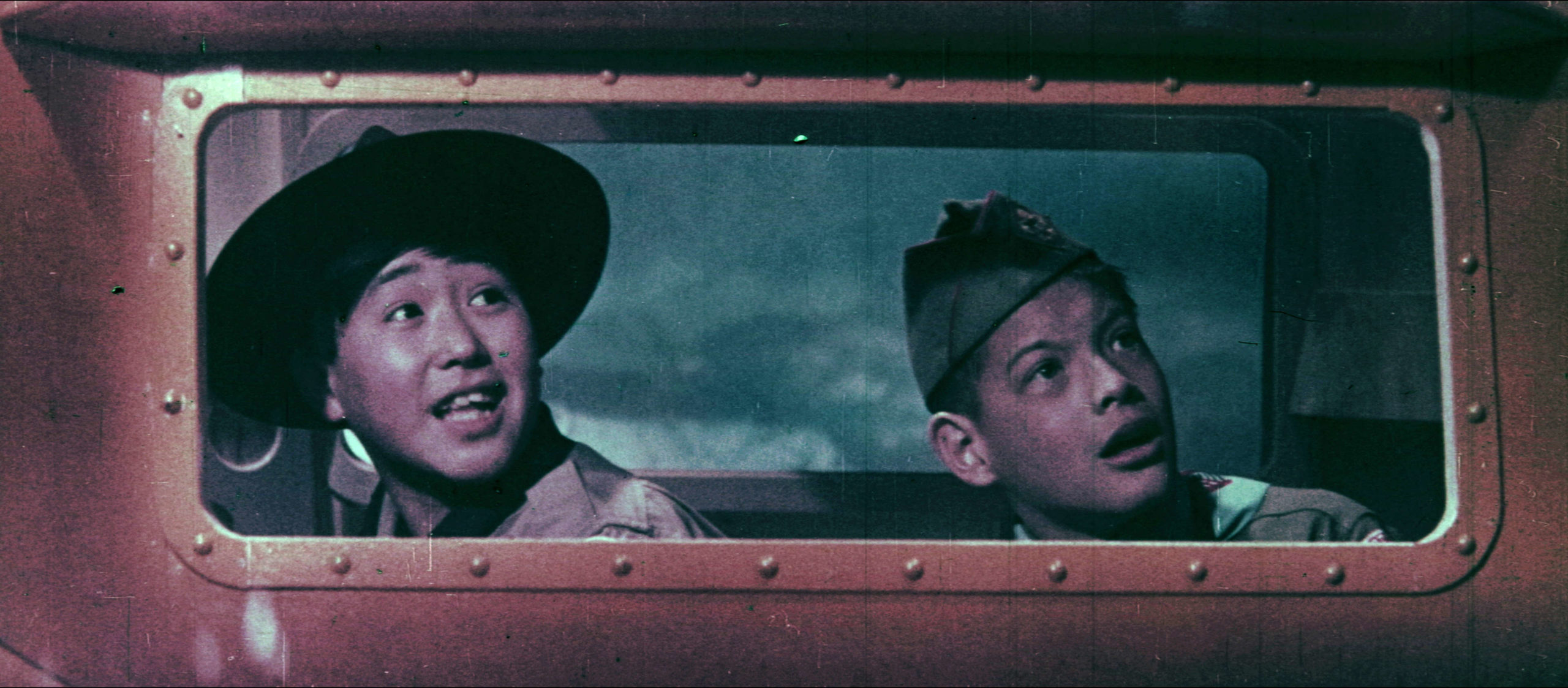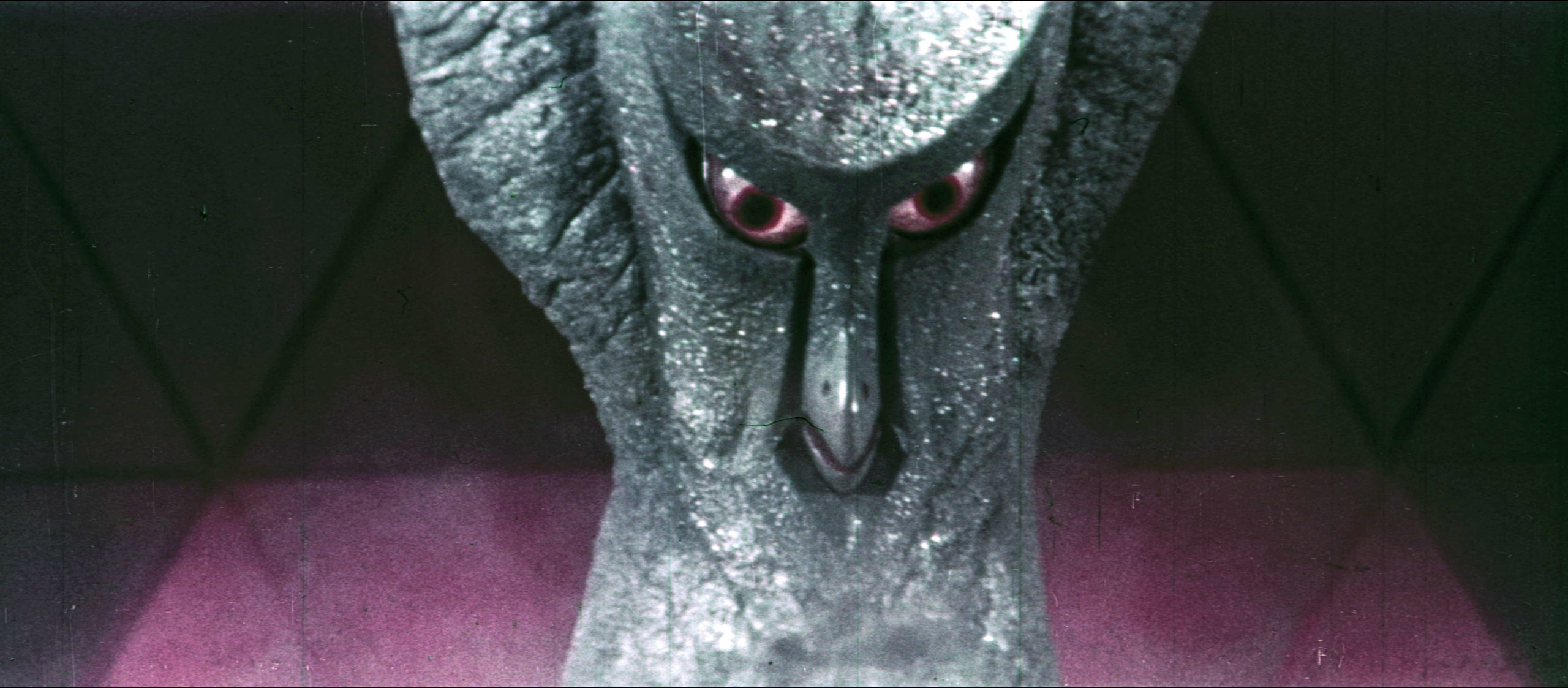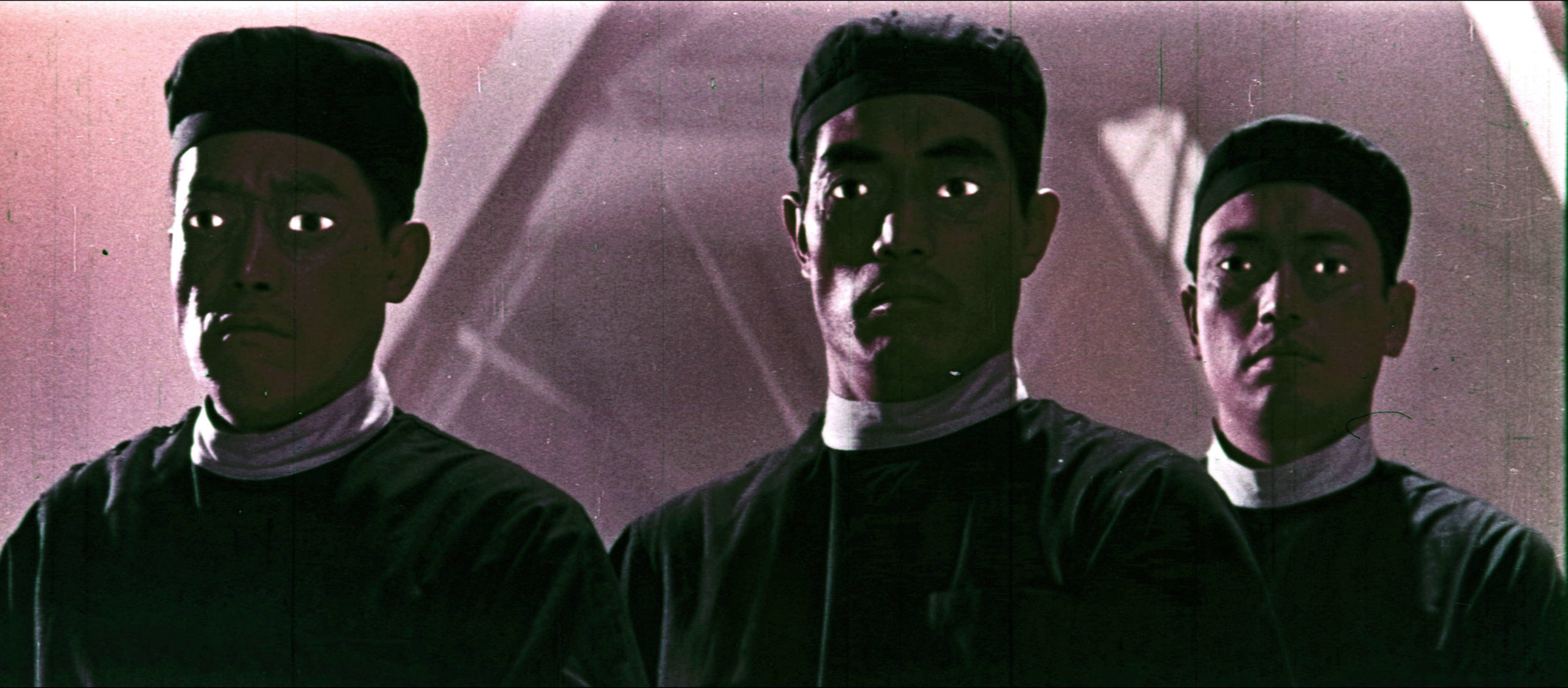Sometime over the holidays I acquired a 35mm film print.
Sometime over the holidays I decided to scan it.
I did not decide to have it scanned, mind. No. That would have been sensible. Instead I decided, despite my near total lack of experience in this regard, to scan it myself, using the off-the-shelf photography gear already at my disposal: a Pentax K-70 DSLR camera (with HD Pentax-D FA f2.8/100mm macro lens affixed), a nice Oben tripod, and the Valoi easy35 (a contained lightbox and extension tube setup with a simple “gate” that allows for perf-to-perf overscanning).
While I had zero experience working with motion picture film prior to this project, analog film is not alien to me. I have plenty of exposed, developed, and scanned medium format and large format negatives in my history, as well as the odd roll of 36exp 35mm here and there. This print, a trailer running 2 minutes 12 seconds, amounts to roughly forty of those full 35mm rolls, or a little over 200 feet of total film. It’s a lot of film, to be sure, but nothing outrageous. It felt doable.
And it was. Though it was also, inevitably, a huge pain in the ass. I intended this project as a bit of a proof of concept, a step towards a larger project that I may try to tackle in the near future. I’m quite pleased with the end result, room though there yet is for grading, restoration, etc. It worked, dammit, and it honestly didn’t take that long.
The film:
The print in question is an Italian theatrical trailer for the 1968 Japanese children’s tokusatsu feature Gamera vs. Deep Space Monster Viras, which went straight to television in the United States as Destroy All Planets. The film follows a pair of boy scouts who find themselves in the middle of an alien invasion by the squid-ish denizens of planet Viras. With the armies of Earth helpless against the Virasian’s super-science it falls upon Gamera, guardian of the Universe and friend of all children, to set things right.
Gamera vs. Viras was a cheap film. Very cheap by studio standards. Production studio Daiei had suffered from rampant over-spending for most of the ‘60s, when it attempted to break into foreign markets with several lavish 70mm period epics. As recently as 1966 the Gamera franchise had been seen as A-budget material, but just two years later the studio was struggling. Daiei had already lost one of its key stars (Shintaro Katsu, who left Daiei to form his own company in 1967) and was soon to lose another (superstar Raizo Ichikawa, who passed tragically in 1969), and was in desperate need of a turn-around. A turn-around was not forthcoming.
It was in this environment, with a budget slashed to a third that of the previous year’s Gamera vs. Gyaos, that Gamera vs. Viras was made. As a feature it suffers from the obvious constraints. Locations are limited, and interiors even more so. There are significantly fewer special effects setups than in past efforts, and director and special effects supervisor Noriyaki Yuasa (The Little Hero) is obviously stretched thin. As a result the film runs short, just 72 minutes. International versions, in keeping with distributor-mandated feature running times of an hour and a half, were saddled with an extensive stock footage replay of the major moments of the past two Gamera films, a slogging montage that runs a full 18 minutes.
The film is, to be blunt, a mess, but it’s also full of imaginative details… the Virasian’s psychedelic mala spaceships, their crews of abducted / possessed human beings with psychically-controlled detachable limbs and flashing yellow eyes, and a central villain who absorbs his crewmates and grows to kaiju proportions. Gamera’s bizarre space-age charms are well in evidence, and the effects that bookend the feature, though brief, are well done.
As a feature Gamera vs. Viras almost inevitably falls short, pitched as it was against the cost-cutting machinations of a studio in decline, but it cuts a damn fine trailer.
The Trailer:
In Italy Gamera vs. Viras was marketed as The Invincible Monster (Il Mostro Invincibile), and “il mostro generoso” Gamera was re-christened King – the same distributor, Distributori Europei Associati, also released 1969’s Gamera vs. Guiron (under the highly litigible title King Kong contro Godzilla), and one assumes (the posters have no distributor listed) they were responsible for 1970’s Gamera vs. Jiger ne Kinkong L’impero dei draghi as well. Viras was in distribution there for a while it seems, and plenty of memorabilia in evidence of its various issues and reissues is available at any given time at online auction.
To which specific release my trailer print belongs is unknown – the earliest would have been in 1969. It has no distributor marks, but carries the first-run title (the film was eventually retitled Ai confini del mondo: Il Mostro Invincibile). While several cuts are missing from the head and tail, which accounts for the short running time of 2:12, the trailer otherwise follows the continuity of the one produced by Daiei for the film’s domestic release and was obviously cut from a clean element of the same.
Audio likewise follows the Daiei trailer, but is fully dubbed with Italian narration and dialog, and is mixed over a clean version of the trailer’s original music and effects. It includes sections of both versions of the “Gamera March” produced for the film (vinyl 7” promotional releases of these were issued each year from 1968 to 1971 as tie-ins with those years’ Gamera adventures) as well as a selection of recycled cues from Tadashi Yamanouchi’s score for the previous series entry, Gamera vs. Gyaos.
The trailer and its monophonic optical audio were printed to Kodak Safety Film, which hasn’t aged especially well in its 50 plus years. Several sections are warped or stained, the perfs are brittle and in some sections broken, and the image has shifted powerfully to the red throughout. Darker sections can look quite blotchy, and there is significant print damage. It is not, at least by my estimation, in any kind of traditionally screenable condition.
The Scan:
I scanned each of the trailer’s three thousand one hundred and seventy-three frames by hand at a resolution of 5600×4000 (including perf overscan), with my camera set on a 2-second delay to ensure stability. I began with the standard Valoi easy35 mat, which cuts off most of the film perfs, but found the results too difficult to work with, forcing a re-scan of around a third of the print. This process took around fifteen hours, which were divided across four or five days. I ran pixel-mapping on my camera regularly (every five hundred frames or so) to mitigate the issue of dead pixels.
From there my workflow was entirely digital, and aside from the final grading and export (which were done at ‘Scope matted 4k, 3840×2160) all work was done at the capture’s native 5600×4000 resolution.
The full list of software, a mix of mostly free / GNU public video applications, is as follows: AVIdemux (for initial image sequencing and later transcoding), Adobe CC After Effects (used to stabilize the images in-motion), Kdenlive (for general editing and grading), AEO-Light 2 (a lossless audio extractor for archival optical film soundtracks), and Audacity (used to trim head and tail of the audio).
I can’t recommend any of these tools enough, though I wish I could have managed an open source solution instead of After Effects. Blender is promising in this regard, though my tests were unsatisfactory – marred, no doubt, by user error. Fusion has been recommended as well, though for the moment irresoluble dll errors have prevented me from using it.
Once the initial scan was complete the full digital workflow took around fifteen hours, again spread over several days. The scanning process, which invariably results in geometric inconsistencies from scene to scene and often frame to frame, required a lot of work to correct, though that process was easier than I anticipated. After Effects’ “warp stabilizer”, set to merely position, rotate, and maintain scale, was invaluable.
I opted for a what-you-see approach to the process, eschewing any restorative work (dust removal, noise reduction, spot repair, etc.) beyond an effort to bring back some of the trailer’s original color. Matching Daiei’s comparatively bright and saturated trailer (as shown on the Kadokawa blu-ray of the film) was impossible owing to the deterioration of my print, which improves marginally in this regard as one nears the end. I have, of course, archived my scans of the film and the original sequences of the same, in case I get bored someday and decide to revisit this project with a more reparative mindset.
The Results:
Shared below are the end product (x264 encodes from my UT Video originals) in two flavors, one showing the raw output with After Effects stabilization and the other the complete color corrected and cropped trailer – a full playlist for this project is here. I opted to show more of the frame rather than crop accurately to theatrical ratios, which leaves the title element off-center the few times that it appears. Subtitles are provided in English via Youtube Captions, and were translated from an AI transcription of the trailer’s audio.
They aren’t perfect. Banding is evident in places, a combined effect (I suspect, at least) of camera limitations and the shear amount of adjustments that went into correcting the heavily shifted color. The image also isn’t as stable as I’d have liked, which is down to limitations of my current setup. It is what it is: A first attempt, with plenty of room for improvement in the future. And in that respect I’m quite proud of it.
This is by no means the end of my efforts to scan 35mm motion picture film, though I’m definitely going to take a break. Most of the work detailed above was done at my standing desk, and while having the completed trailer viewable on any screen (instead of stuck in a box someplace, as it has been for the last half century) is very rewarding, it does nothing to ease my back pain.
Ciao.
